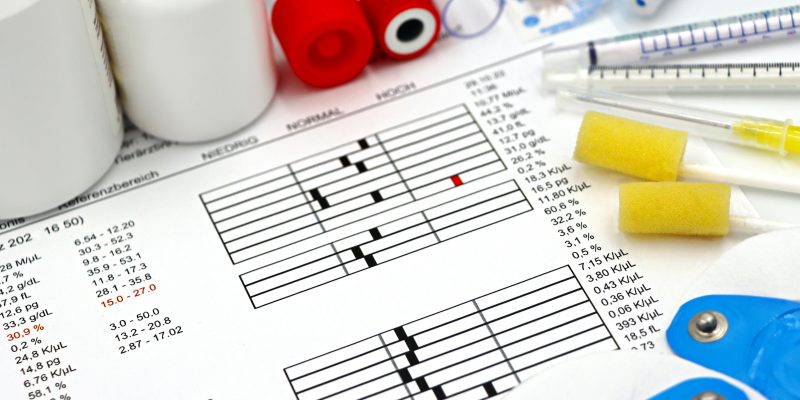Introduction
When a patient’s haemoglobin levels are low, there is often a health situation at hand, and a considerable percentage of the time, that situation is cancer. It can tell us which cancers lower haemoglobin levels, which can guide possible symptoms and treatment. In this article, we explore the connection between haemoglobin and cancer and dive into those key cancer types that often result in low haemoglobin levels.
Understanding Hemoglobin
Red blood cells contain a protein called haemoglobin that transports oxygen throughout the body. Abundant amounts are important for our energy and well-being. Anaemia, or low haemoglobin, can cause fatigue, weakness, and shortness of breath. Identifying the cause of anaemia is important to treat it effectively.
How Cancer Affects Haemoglobin:
There are many ways cancer can affect haemoglobin. They may also bleed due to a tumor, increasing blood loss and lower haemoglobin levels. Chemotherapy is another cause that also can destroy the bone marrow which is responsible to produce blood cells. Such damage can lead to impact in erythropoiesis.
Low Haemoglobin & Common Cancers:
1. Colon Cancer:
Slow bleeding from the colon can often result in anaemia, especially early on in colon cancer. Such bleeding may escape immediate notice but can markedly decrease haemoglobin in the background. Screening is also recommended to discover colon cancer in its early stages and treat anaemia as soon as possible.
2. Stomach Cancer:
Stomach cancer, like colon cancer, may lead to internal bleeding. This bleeding can be chronic, and it can take time before the anaemia becomes significant. Low levels of haemoglobin can cause indigestion, nausea, and unexplained weight loss.
3. Leukaemia:
Leukemia, direct affects blood and bone marrow. The most common is anemia due to this type of cancer disturbing normal blood producing cells. Since hemoglobin levels can decrease and blood becomes unhealthy, symptoms include fatigue and pale skin and patients may also appear sickly, and prone to infections.
4. Lymphoma:
Lymphoma is a disease of the lymphatic system, and it can affect the function of the bone marrow. This disruption frequently results in anaemia. Low haemoglobin levels may occur with symptoms like swollen lymph nodes, fever, and night sweats.
5. Kidney Cancer:
Kidney Cancer: A hormone produced by the kidneys that stimulates the production of red blood cells may be affected by kidney cancer. A decreased level of this hormone can cause anaemia. Blood in the urine and constant pain in the side or back are two examples.[2]
6. Diagnosis and Monitoring:
A complete blood count test is usually done to confirm the low hemoglobin levels. In the case of cancer, additional tests such as imaging or biopsies may be necessary. Measurement of hemoglobin can also be used to monitor the response to treatment over time with adjustment of strategies as necessary.
Treatment Options
Treatment of low haemoglobin is mostly treating the underlying cancer. Typical methods include surgery, chemotherapy, and radiation therapy. For anaemia, doctors may also give iron supplements or blood transfusions. Haemoglobin production can also be helped with lifestyle changes, such as a diet that includes many nutrients
The Role of Nutrition
Having a balanced diet is an important factor in healthy haemoglobin levels. Iron, folic acid and vitamin B12 are known as natural food sources for the production of red blood cells. Opt for lean meat, leafy vegetables, beans and fortified cereals. Adequate hydration and not consuming a lot of caffeine would certainly help with nutrient absorption.
Coping with Anaemia
Having low hemoglobin is not easy and living along with it is not the solution. Fatigue and Weakness can interfere with daily life. Managing rest, planning small tasks and asking healthcare providers for support also help cope with it. Maintaining regular physical activity, provided that a doctor approved it, might also increase vigor and health.
Conclusion
Low haemoglobin can appear for many reasons, but knowing the connection and risk factors of cancer and low haemoglobin can help identify and treat early. Being aware about the symptoms along with a timely consultation with a healthcare professional can ensure an intervention fast enough to save the patient and lead him back to good health. Although cancer is indeed intimidating, information and action are paramount in combating its impact on haemoglobin and general health!













Comments